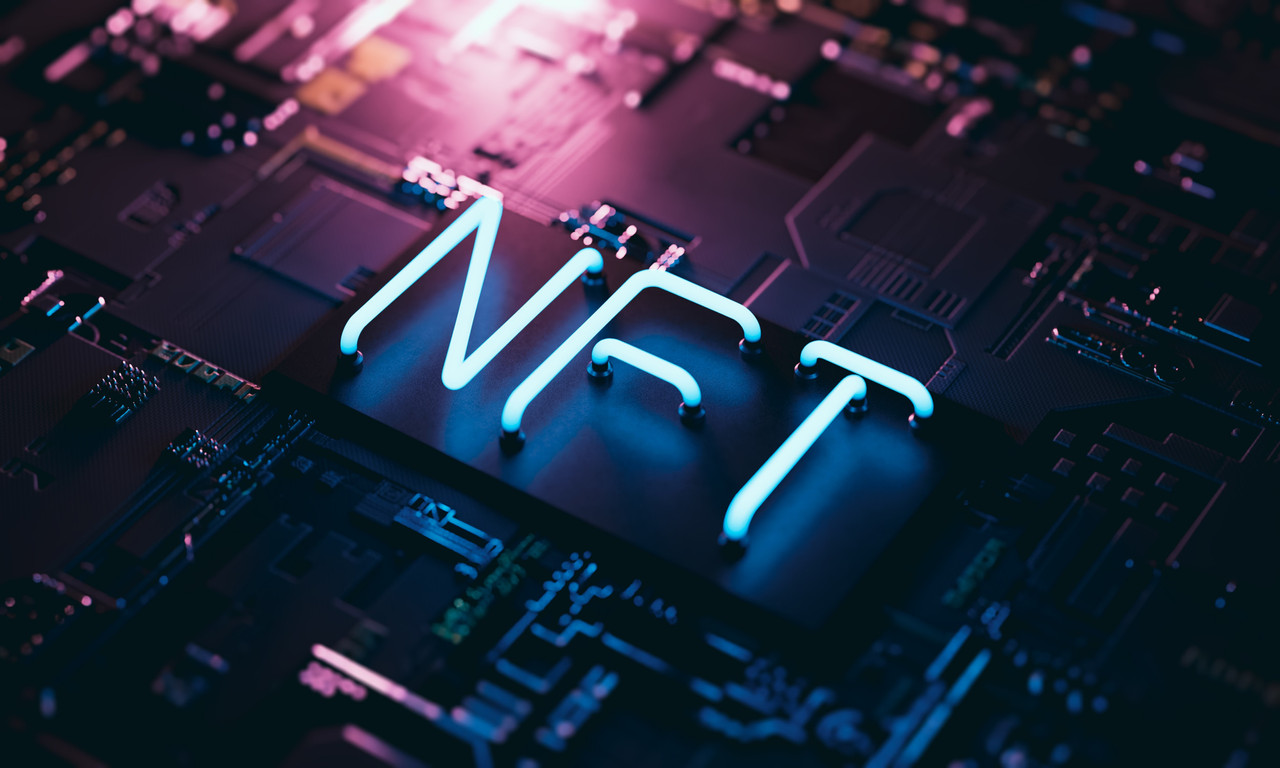“From time to time, the art world hears reports that original versions of [Rodin’s] The Thinker have come onto the market,” said , artistic director of the Casino Luxembourg contemporary art museum.
How can we be sure that these bronze masterpieces are the original work of the celebrated French sculptor, from his studio during his lifetime, and not someone else who used the original mould to knock out a few copies?
Copy cares
Alternatively, one might imagine that the negatives behind The Family Of Man collection in Clervaux are kept secure from reproduction in the safes of trusted guardians. “In photography, it’s about the prints, and the artist decides how many originals there will be, and the artist gives their proof,” said Stilbé Schroeder, coordinator and assistant curator at Casino Luxembourg. Yet the temptation to make a few extra copies is there. Even for paintings, there is a persistent suspicion that the “Old Master” being sold at auction for tens of millions might be a recent, skilfully produced copy.
Read also
NFTs potentially offer the way to end this doubt for both digital and physical works of art. For the latter, a detailed “fingerprint” scan of the painting, sculpture or installation could be attached to an NFT, potentially creating an unbreakable, verifiable link. For purely digital work on still or video, the NFT link can be embedded in the work.
“When we show an immaterial work like a video, we sign a contract that says that once the exhibition is over, the digital file will be destroyed,” said Schroeder. Yet what works for a relationship with a not-for-profit museum might not hold tight in the sometimes shady world of art dealing.
More about experience
This creates a new set of questions regarding how people experience art. “When we put on exhibitions, we give shape to the collections, we try to give the public an experience of the work,” said Muhlen. “It’s not just a question of a file on a computer, it’s also about how to present this digital file on a screen, on a projection, via a headset in an immersive installation and so on.”
According to Vignesh Sundaresan, who paid $69m for Beeple’s Everydays: The First 5000 Days, owning this NFT-backed work is about sharing. “What NFTs do, instead of giving the importance to that copy of the file, [is to] give importance to something else big. The idea that some person supported an artist at some time, and this was the memorabilia,” he told Bloomberg last year. “You don’t need everyone to pay for it. There can be a few people who pay for this production, and they get a credit to have been part of this production. And that’s it.”
This article first appeared in the issue of Delano magazine.
